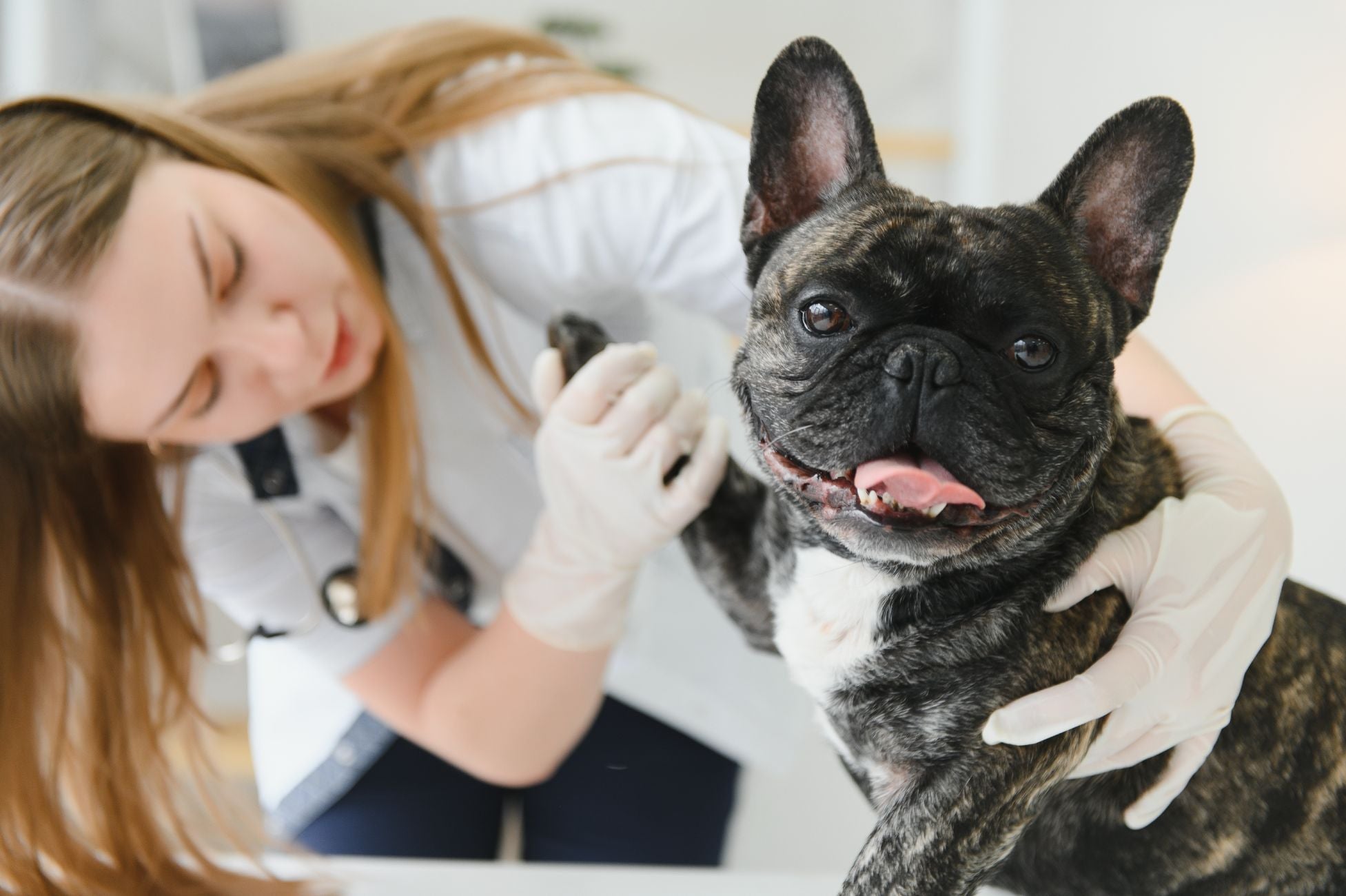
- by Dr.Thilo Senst
How to Manage Dog Obesity: Tips for a Healthy Pet
- by Dr.Thilo Senst
Dog obesity is a growing concern in the UK, with nearly 40% of dogs being classified as overweight or obese, according to the UK Kennel Club. Much like humans, dogs carrying excess weight are at greater risk for various health conditions, including joint problems, diabetes, and heart disease. Managing your dog's weight is crucial for improving their quality of life and longevity.
This guide will explore the causes, risks, and actionable steps you can take to manage dog obesity, ensuring your furry friend stays happy and healthy.
Many pet owners overestimate their dog’s caloric needs, leading to weight gain. Treats, table scraps, and oversized portions all contribute to excessive calorie intake.
Dogs require regular physical activity to burn off calories. Sedentary lifestyles, especially in urban environments, can lead to obesity.
Certain breeds, such as Labradors, Pugs, and Beagles, are genetically predisposed to gaining weight. Owners of these breeds should be particularly vigilant.
Older dogs or those with hormonal imbalances, such as hypothyroidism, are more prone to weight gain due to a slower metabolism.
Veterinarians often use the BCS to assess a dog’s weight. On a scale of 1-9:
| Cause | Impact | Solution |
|---|---|---|
| Overfeeding | Excess calorie intake | Measure portions accurately |
| Lack of exercise | Reduced calorie burn | Increase daily activity |
| Age | Slower metabolism | Adjust diet and exercise |
| Medical conditions | Hormonal imbalances | Regular vet check-ups |
Before starting a weight management plan, visit your vet to rule out medical conditions. They can also provide a tailored weight-loss plan.
Look for:
Treats should comprise no more than 10% of daily caloric intake. Opt for healthy options like carrots or low-calorie dog treats.
Gradually increase the duration and intensity of walks. Aim for 30-60 minutes per day.
Use toys, such as balls or frisbees, to engage your dog in play.
Consider activities like agility training or swimming, which are both fun and effective for weight loss.
Monitor your dog’s weight every 2-4 weeks and adjust their plan as needed.
Dog activity trackers can help measure steps and calories burned.
Think of weight loss as saving money. Each calorie burned is a deposit into your dog’s health bank. Over time, these small "deposits" accumulate, leading to significant improvements in your dog's overall well-being.
You should notice gradual weight loss of 1-2% of body weight per week. Consult your vet if progress stalls.
Yes, with a consistent plan, most dogs can achieve a healthy weight.
Some cases may benefit from weight-loss medications prescribed by a vet.
Yes, look for specially formulated weight management dog foods with high protein and fibre.
Helps improve digestion and nutrient absorption, making weight management more effective.
Perfect for dogs with skin issues that may be exacerbated by obesity.
Eases stress that can lead to overeating or inactivity.
Managing dog obesity is a commitment that requires a balanced approach of diet, exercise, and regular monitoring. Not only does maintaining a healthy weight improve your dog’s quality of life, but it also strengthens the bond you share. Start today by assessing your dog’s weight and implementing small but impactful changes.
![]()
Enter your details & download our comprehensive 50+ page printable Dr. Senst Pet Care Planner completley FREE! - keep track of all your pet’s needs, from medical history and training to vet visits, grooming, diet, and more!










Share:
Best Family Dog Breeds: Find Your Perfect Companion
Top Dog Flea Products: Effective Flea Control Solutions